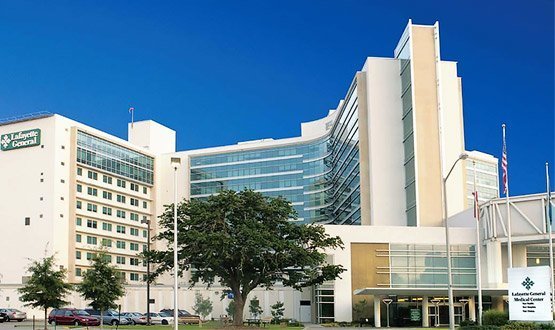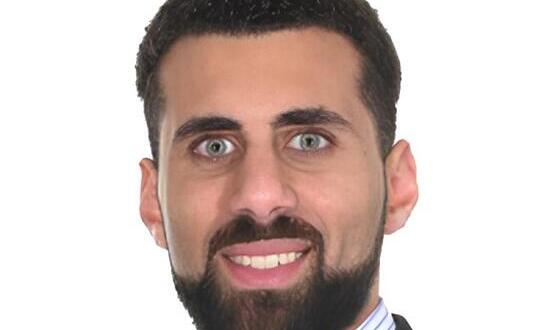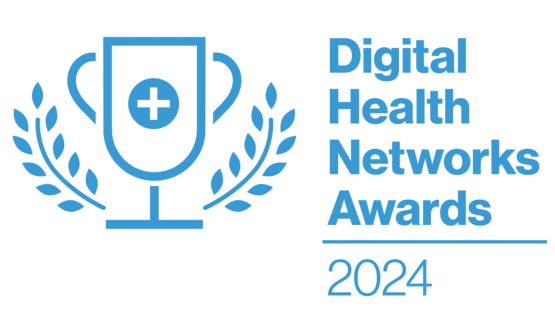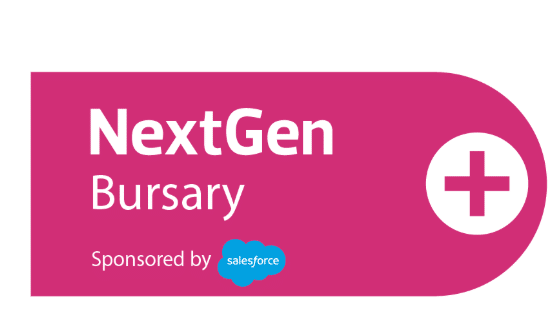IT’s good to talk
- 12 August 2013

When managers at Lafayette General Medical Center purchased an electronic medical record, they approached Dr Amanda Logue to be the project’s physician champion.
It was intended to be a temporary role. Three years later she is still in post, although she has a new job title as the organisation’s chief medical information officer.
“It was an enormous project to implement an EMR; probably one of the biggest changes that this hospital has seen in the last five years,” she reports.
“It has such a major impact on every single person that works in the hospital that I think they quickly realised that the physician leader position could not go away; that it was just not anything they could do without.”
Most wired
Lafayette General Medical Centre in Los Angeles has just been recognised as one of the ‘most wired’ hospitals in the US. The July edition of Hospitals and Health Networks magazine lists it as one of 289 hospitals worth this accolade; out of 5,000 in the US.
As well as implementing its Cerner EMR – which puts it at level six on the HIMSS rankings – it runs a telemedicine clinic and is leading on information exchange with other providers.
While the position of clinical leader on IT and informatics may now be a constant at the hospital, it is not full time. Dr Logue continues her clinical practice alongside her CMIO role – “it’s supposed to be 50/50, but that’s purely theoretical,” she says with a laugh.
“I feel like I could lose a lot of credibility pretty quickly if I wasn’t actually seeing patients and using the EMR; experiencing the same type of problems and challenges other physicians see, even just the errors that may come up throughout the day.
“When I do my rounds, I’m kind of ‘one of them’ for a while. All of the physicians that I talk to all of the time, I get to see them in a different context and they’ll approach me and say: ‘hey, did you know that this wasn’t working’ or, ‘hey, have you seen this, this works great’ or ‘can I have some help next week with doing better on my notes?’
“It slows me down a little bit, and on those days I obviously can’t separate my two roles, but for the most part it’s invaluable.”
Dr Logue says her continuing clinical practice helps ensure the Cerner EMR is in keeping with the typical workflow of physicians. She is firmly of the belief that healthcare professionals should never have to change what they do for the sake of an electronic record.
“They may have to change a couple of ways they do things, but they should still be able to work and see patients the same way they always have. They should not have to adjust the way they take care of people; they will just, instead of writing something, click it into the system.”
More jaw, jaw
There is now a lot of that clicking going on at Lafayette: Dr Logue estimates that the Medical Center is now 95% paperfree – all clinicians can now access the same, electronic record.
It might be assumed that information sharing between clinicians improved dramatically as a result. However, when asked for advice she could pass on to chief clinical information officers in the UK, Dr Logue makes an interesting statement – make sure that communication does not suffer as a result of new systems.
“What I’ve found – and I didn’t expect it when we went live – is that because we’re spending so much time in front of the computer we lost quite a bit of physician/nursing communication – face to face, ‘let’s-talk-about-our-patients’ communication,” she explains.
“Our nurses are out on the floors, in the wings, on their mobile devices doing charting – and so they’re not necessarily at the nurses’ station in their little hub any more.
“In the old days, the nurses would all be at their central location and they’d kind of have a heads up when the doctor came on the floor. They would do rounds with them, and say ‘let’s go to the patient’s room together, so you can give me the information I need, and I can hear what I say to the patient, so we have a common plan in place’.
“We found that was really disrupted and it was not necessarily a good thing. Some of the physicians have really taken it on themselves to get that back.
“When they show up on the floor, they make lots of noise – where is the nurse for this patient – and the nurses all come back to the centre and make rounds with the doctor. But not everybody feels that bold. Not everybody wants to take other people away from the work that they’re doing, since everybody’s so busy.
“It’s a challenge still, but I think it needs to be thought of because there’s definitely a tendency for everybody to get in their little world of the computer. You lose that face to face interaction that is very important for nurses and doctors, and for us to have the right communication with the patient.”
Getting patients on board
Better communication with the patient is the focus of forthcoming informatics work at the organisation, which has plans to create portals from which patients will be able to access their pathology and some radiology results, even from inside the hospital.
Dr Logue reports there is a need to reassure her fellow clinicians about this; many fear it might prompt extra phone calls from patients and require a lot of management.
However, she feels there is also a need to reassure patients about the move from paper to electronic and here she wonders whether governments should be playing a role.
“I heard you’re considering making the move to paperless in five years in the UK [health secretary Jeremy Hunt announced at the beginning of the year that he wanted the NHS to be paperless by 2018] and what I’ve found here is that a lot of the patients don’t understand that adjustment.
“They don’t understand the governmental regulations that have come down that have mandated us to get some of this stuff in place. They just think we’re a generation that likes to use apps and computers and wants to do everything on Facebook!
“So they don’t know why we’re doing all this and so they feel a little bit disconnected and out of the loop. I wish there would be a bigger, kind of a public service announcement, to our public in the United States as to ‘this is what the government is doing’ and ‘this is why’.
“Because I think patients would then be better advocates for systems as well. At the moment, I can only see them going to their doctor and saying: ‘well, are you going to send this information to my cardiologist?’, or: ‘is the hospital going to have access to this when I go in for my surgery?’ I think there would be different conversations happening.”




